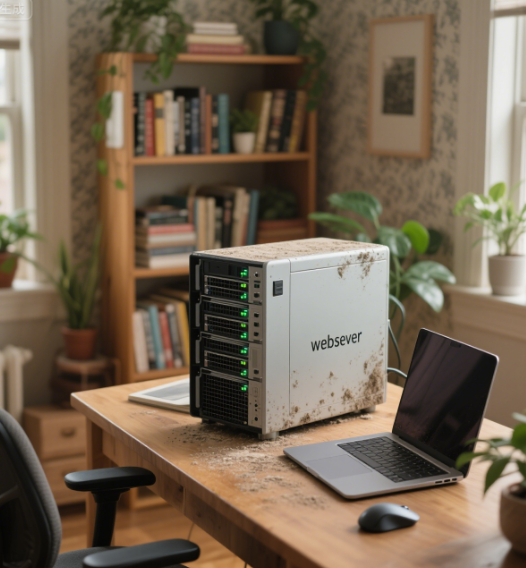With the development of computer and Internet technology, various servers have emerged. How to build a web server? For novices, the construction of a server still requires certain methods. The specific operation process may vary depending on different operating systems and software.
How to build a web server?
1. Select a server operating system: Select a suitable server operating system according to your needs, such as Linux, Windows, etc.
2. Install Web server software: Install the corresponding Web server software according to the selected operating system, such as Apache, Nginx, IIS, etc.
3. Configure the Web server: Configure the Web server according to your needs, such as configuring virtual hosts, setting file directories, configuring SSL certificates, etc.
4. Write Web applications: Write Web applications according to your needs, such as using PHP, Java and other languages to write websites or Web applications.
5. Deploy Web applications: Deploy the written Web applications to the Web server to enable access to the website or Web application.
6. Test and run the Web server: Test and run the Web server to ensure the normal operation of the server and access to the Web application.

How to build a web server
How to build a server?
1. Select the server: Select the appropriate server hardware according to your needs, including CPU, memory, storage and other configurations. You can choose to purchase the server equipment yourself, or you can choose the cloud server provided by the cloud server service provider.
2. Install the operating system: Select a suitable operating system, such as Linux, Windows Server, etc., and install the operating system on the server. You can install it through CDs, USB flash drives, networks, etc.
3. Configure the network: Configure the network settings of the server, including IP address, gateway, DNS, etc. Ensure that the server can connect to the network normally and has the ability to access the external network.
4. Install necessary software: Install necessary software and services according to your needs, such as Web servers (such as Apache, Nginx), databases (such as MySQL, SQL Server), mail servers (such as Postfix, Exim), etc.
5. Perform security settings: Strengthen the security of the server, such as setting up a firewall, shutting down unnecessary services, updating system patches, etc., to improve the security performance of the server.
6. Data backup and recovery: Establish a data backup mechanism for the server, regularly back up important data, and test the recovery capability of the backup data so that it can be restored in time when the data is lost or damaged.
7. System monitoring and optimization: Set up the server's monitoring system, monitor the server's status and performance, and optimize the system and performance according to the monitoring information to ensure the normal operation of the server.
8. Security maintenance and update: Regularly update the server's operating system and software patches, fix security vulnerabilities in a timely manner, and improve the security of the server.
In the information age, we need to save some useful information, so it is very necessary to make a personal web server. How to build a web server The above are the detailed steps. Building a server requires a certain technical foundation and experience.

 DNS Intelligent Resolution
DNS Intelligent Resolution

 Custom Authoritative DNS
Custom Authoritative DNS
 Cloud Computing Services
Cloud Computing Services
 Server Rental
Server Rental
 DDoS protection
DDoS protection
 About DNS.COM
About DNS.COM
 Support
Support
 Contact Us
Contact Us
 AFF
AFF
 API Docs
API Docs

 CN
CN
 EN
EN













